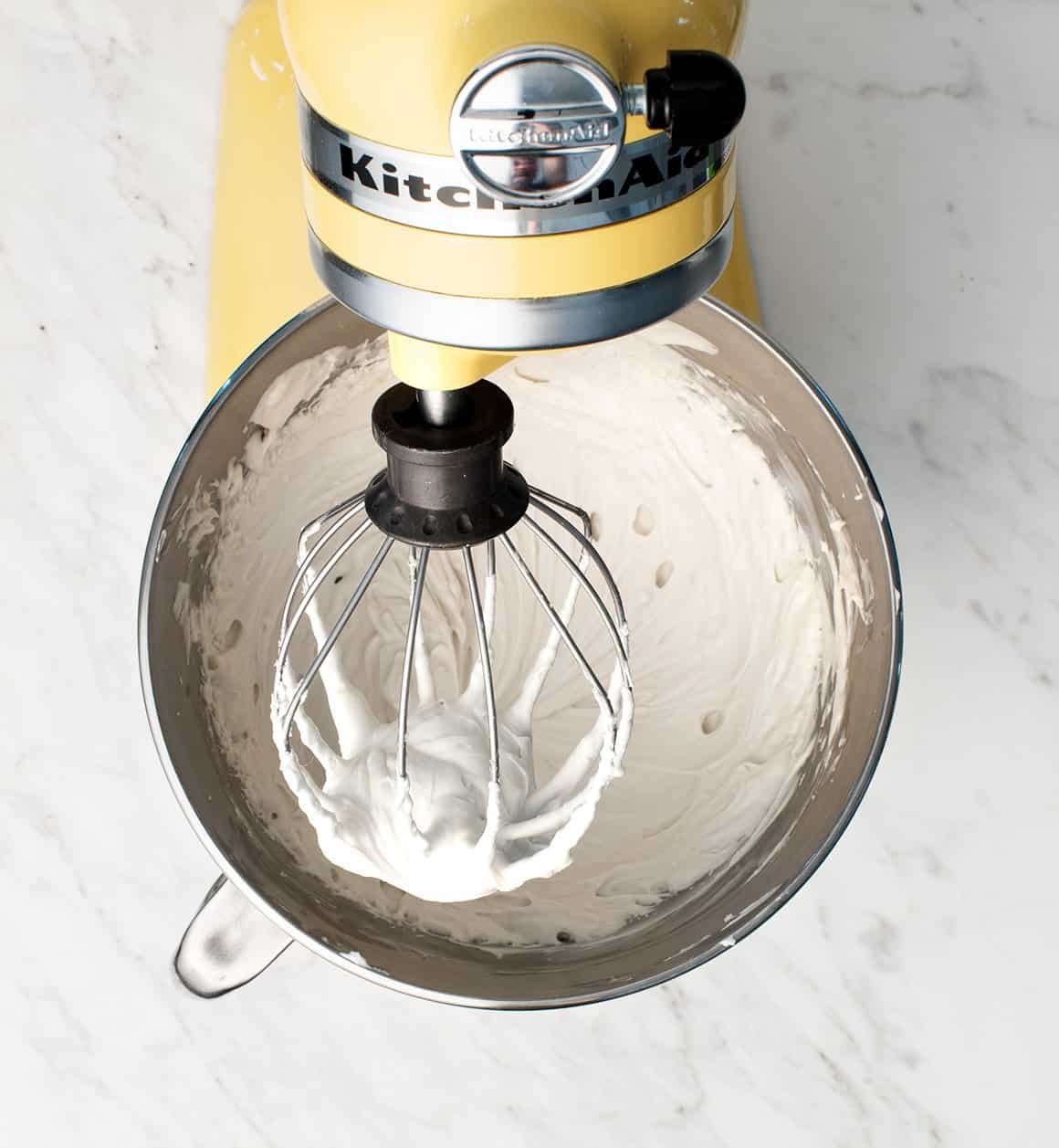Whipped coconut cream is my go-to substitute for regular whipped cream. It’s light, it’s fluffy, and it’s naturally dairy-free making it the perfect topping for cakes, pies, crumbles, or any dessert that would benefit from a dollop of whipped cream.
What is coconut cream?
In most grocery stores, you’ll find 3 canned coconut products: light coconut milk, full-fat coconut milk, and coconut cream. Coconut and water are the primary ingredients in all three, but they each have different concentrations of coconut. Canned coconut cream has the highest coconut percentage, meaning that it also has the highest fat content and the thickest texture. Full-fat coconut milk is second in line, and light coconut milk comes in last. I use light coconut milk in lattes or soups, but if I want to use coconut as a rich, dairy-free alternative to regular cream in vegan ice cream or whipped cream, I always seek out full-fat coconut milk or coconut cream. You can easily find both in the Asian section of most grocery stores.
How to Make Coconut Whipped Cream
Making homemade coconut whipped cream is no trickier than making regular whipped cream at home, but you do have to plan ahead. Always chill your cans in the fridge overnight. The coconut solids will rise to the top of the can in the fridge, leaving the coconut water behind. You’ll need this concentrated cream in order to create a fluffy coconut whipped cream. Once your cans have chilled, just follow these easy steps:
Coconut Cream Recipe Serving Suggestions
Once you’ve made your coconut whipped cream, you have endless options for serving it. Dollop it onto almost any dessert – puddings, crumbles, pies, cakes, shortcake, etc. – or use it as the base for a creamy tart or pie. I especially like this Strawberry Tart recipe. I also love topping coconut whipped cream onto overnight oats, like these Strawberry Rhubarb Overnight Oats parfaits. It would be equally good on any of these overnight oats recipes or on my baked oatmeal!

